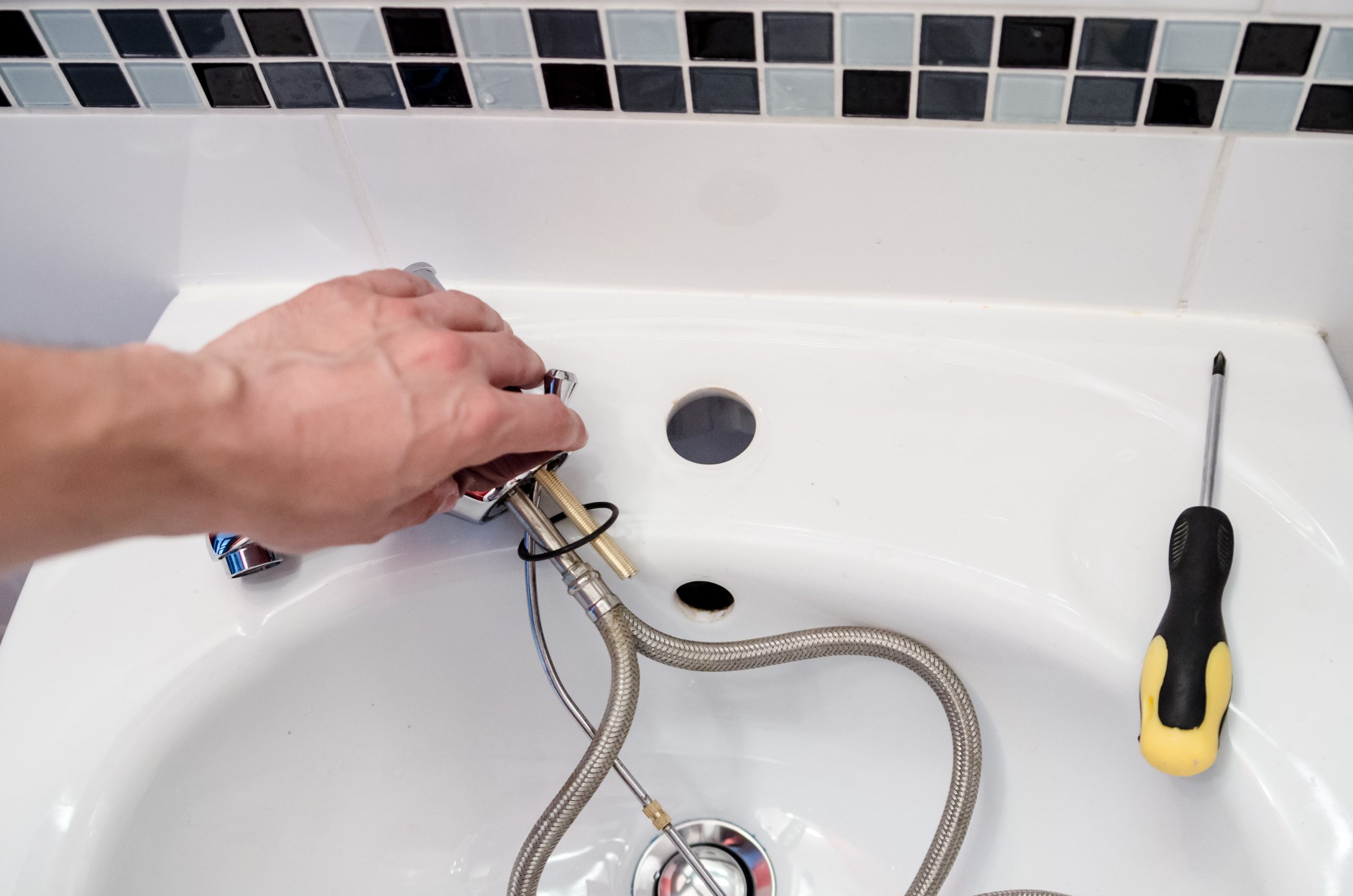Tips on Choosing Your Flush-Mounted Shower Tray
The flush-mounted shower tray allows access to the shower without climbing over a step. Positioned level with the floor, it is as stylish as practical, but it is more complex to install than a drop-in tray. Find out why and how to choose one.
Why choose a flush-mounted shower tray?
Features
This type of shower tray is embedded in the floor or, more rarely, in a base made of polystyrene to be tiled, bricks, or cinder block.
You can choose the recessed shower tray for its aesthetic appeal, the impression of space it gives to the shower, and ease of use. It is ideal for children and people with reduced mobility with no steps to climb.
Note: the flush-mounted shower tray is the ideal tray for walk-in showers.
Installation constraints to take into account

But when choosing a flush-mounted shower tray, you must be prepared to face its installation constraints since it requires significant masonry work. A minimum of 10 to 12 cm of screed is required to install it. The floor will have to be dug up to make room for the connecting pipes. Therefore, the recessed shower tray is more common in new buildings than in renovations.
You should also be aware that all shower trays have a drainage system consisting of a siphon and pipes, but this drainage must be vertical for flush-mounted shower trays or horizontal if built into a base.
Note: the trap can be placed in the center of the recessed shower tray or off-center, depending on your needs and desires. Off-center, it takes the form of a narrow channel hidden under a long stainless steel bar.
How to choose a recessed shower tray?
Shapes and sizes
The different shapes of the flush-mount shower tray allow it to adapt to all the configurations and constraints of your bathroom.
Square is the most classic of the inset shower trays. It lends itself to small spaces and can even fit in a corner. You will find it in 70 × 70 cm, 80 × 80 cm, 90 × 90 cm, and 100 × 100 cm for maximum comfort.
Rectangular, it is ideal for a room in length. Standard sizes are 72 × 90 cm, 75 × 100 cm, 80 × 120 cm and 90 × 120 cm.
Quarter-circle is the ultimate space-saving solution. Standard sizes are 80 × 80 cm, 90 × 90 cm, and 100 × 100 cm.
Pentagonal, the recessed shower tray is suitable for narrow rooms. Standard dimensions: 90 × 90 cm.
Materials
Points of comparison
The choice of material for your built-in shower tray is based on its aesthetics and its qualities, maintenance, and cost. Ceramic, acrylic, and resin are the most commonly used, but many other materials are also possible.
The most common materials
Ceramic (or glazed stoneware) is the most common material because of its attractive cost, strength, durability, and ease of maintenance. Although it has evolved a lot, the ceramic shower tray is still heavy and is not suitable for all floors. It must also have an anti-slip treatment to prevent any risk of falling.
The acrylic recessed shower tray has a smooth surface. Light but more expensive and easily scratched, it allows XXL dimensions.
Made of synthetic resin, it combines strength, durability, and stability. It is also much more expensive, and some can be sensitive to chemicals. The synthetic resin recessed shower tray can even imitate other materials such as wood, concrete, slate, leather, etc.
More original materials
– The solid surface shower tray (made of minerals, pigments, and acrylic or polyester resin) is very expensive but has many advantages: it is resistant, insulating, self-supporting, repairable, and non-slip.
Made of enameled steel, the built-in shower tray is scratchproof and easy to maintain, and particularly solid.
– Made of wood, you should choose it from naturally rot-proof species. It is warm but rare because it requires great expertise plus, it is costly and must be carefully maintained.
– In synthetic concrete is modern, resistant, and durable, but the prices are high.
– Made of natural stone, it is aesthetic and noble but heavy and fragile. It is nonetheless durable, provided that it is carefully maintained. You can also opt for reconstituted stone, made of natural elements crushed and then compacted by a binder like concrete or cement, before being dyed and molded to give them the appearance of natural stone. It is then less expensive and does not need to be treated.
Note: To personalize your shower space, you can also choose a tiled shower tray, whether it’s a built-in or a drop-in.
Flush-mounted shower tray: prices and points of sale
You can find a flush-mounted shower tray in DIY stores, specialty stores, and on the Internet. The price depends on the material, dimensions, and, of course, the manufacturer: from $80 to over $1,000.




1 Response
[…] Tips on Choosing Your Flush-Mounted Shower Tray […]